Oxford Textbook of Movement Disorders
.jpg)

Title Details
1st Ed.
2013 © Oxford University Press
David J. Burn
ISBN-13: 978-0-19-960953-6
eISBN-13: 978-0-19-175733-4
Neurology, Genetics
Additional Details
Part of the Oxford Textbooks in Clinical Neurology (OTCN) series, this volume covers the basic science and clinical concepts underlying movement disorders, as well as the diagnosis and treatment of individual hypokinetic and hyperkinetic movement disorders.
The field of movement disorders is one of the key subspecialty areas in clinical neurology, and understanding the relevant conditions can often be difficult. The scope of this area requires a wide knowledge base, and clinicians might, in the course of a single clinic, need to recall the differential of Huntington's-like disorders, the gene implicated in dopa-responsive dystonia, and compare a case of suspected neuroacanthocytosis with a 'classical' case. Specifically written to aid the understanding and treatment of a wide range of movement disorders, this textbook includes a useful section covering miscellaneous causes of the disordered movement, which are routinely encountered by neurologists. It is also supplemented with illustrative video clips. Although firmly rooted in evidence-based management approaches, the authors included their own top tips and experience on the management of difficult cases where no current guidance exists, engaging the reader and providing a better feel for handling real-world clinical problems. The Oxford Textbook of Movement Disorders is an indispensable reference for neurologists and senior trainees in neurology, as well as any physicians advising people with movement disorders.
Table of Contents
Similar Resources

The Power of A Digital Library
TDS Health titles provide the latest healthcare information in a customizable and convenient format. STAT!Ref goes where you go, accessible by desktop, laptop, wireless or web-enabled mobile devices. Harness the power of learning in you hands.


























